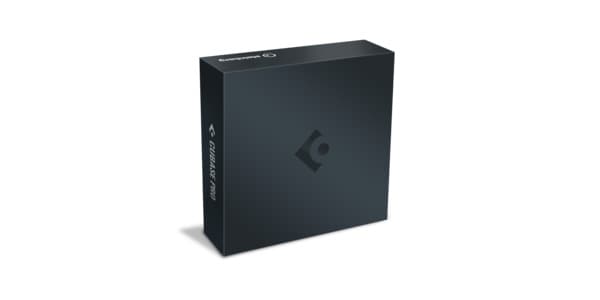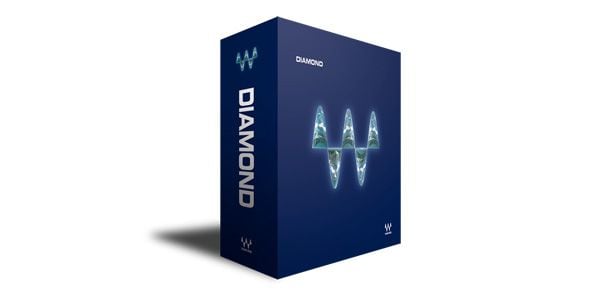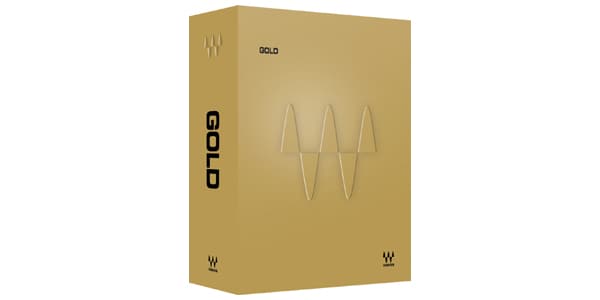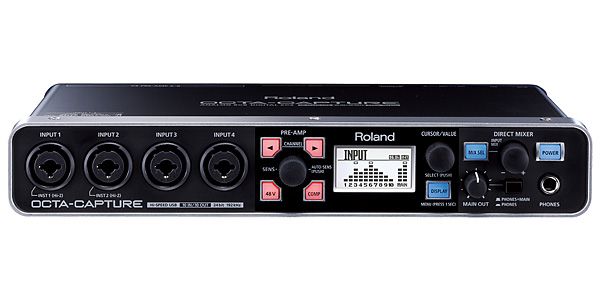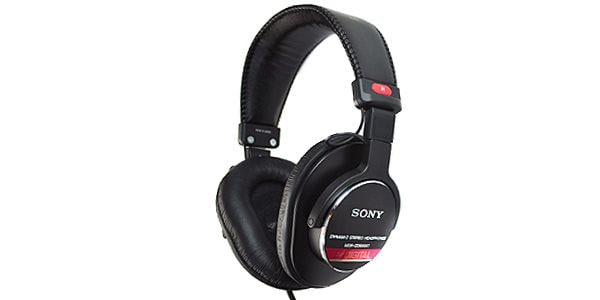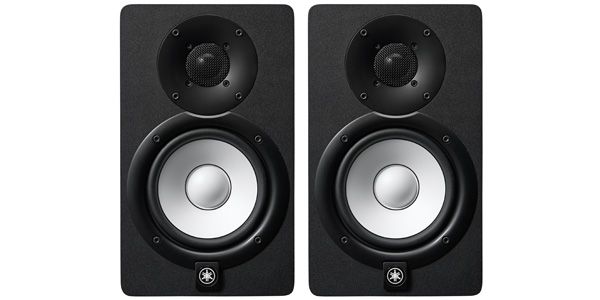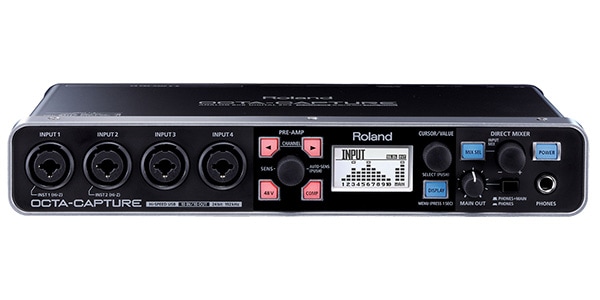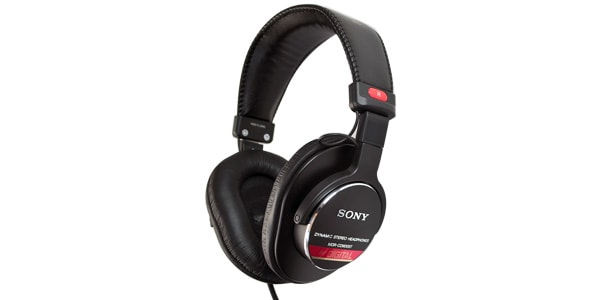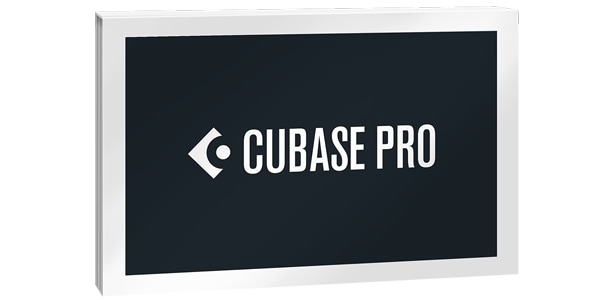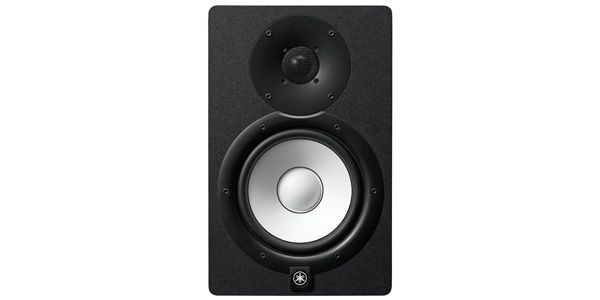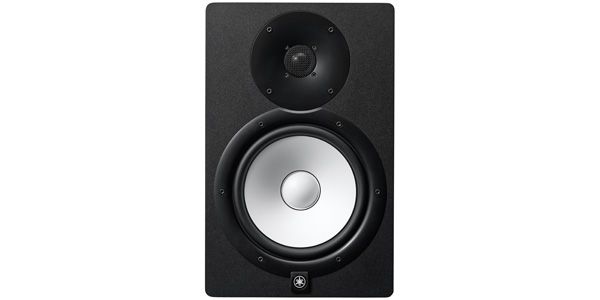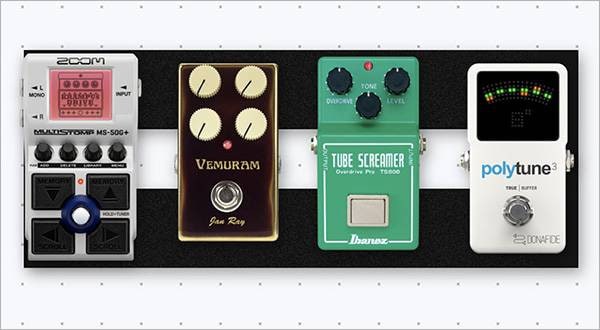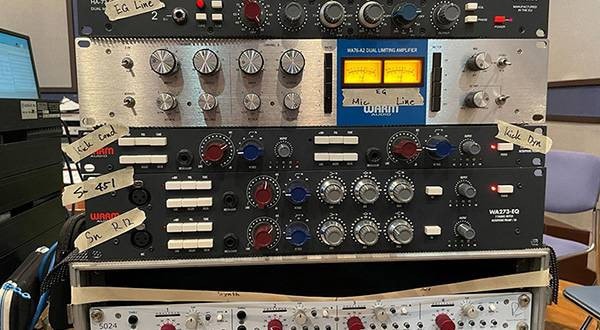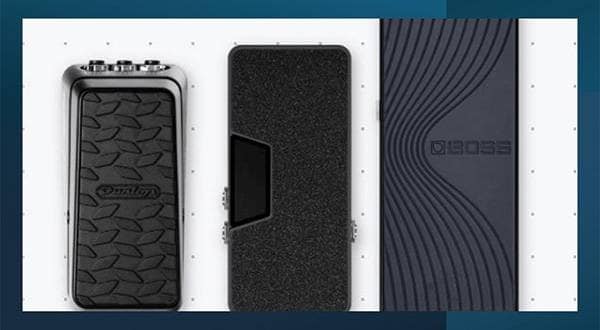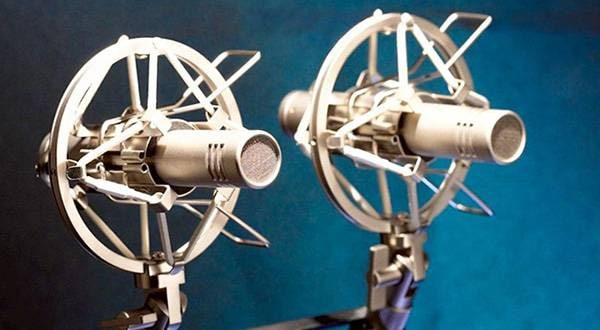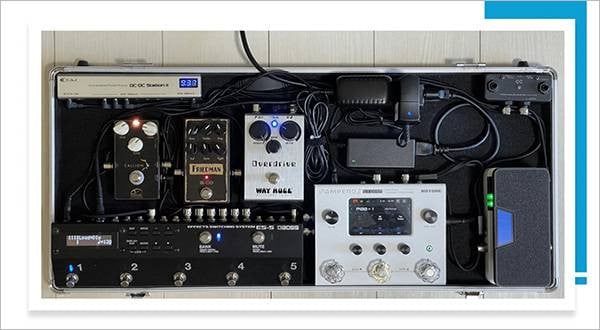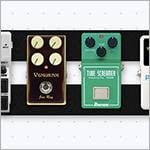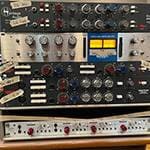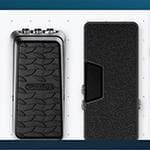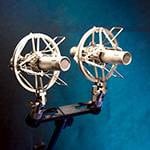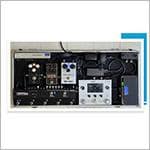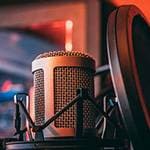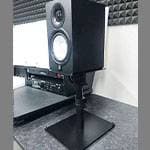Nice to meet you, my name is Montblanc. I am active in local bands mainly.
Recently, I have been involved in the production of radio commercials thanks to my studies of self-recording.
Initial investment is required when preparing DTM software and audio interfaces, but if you can master recording, your range of music activities will greatly expand.
This time, I would like to talk about four reasons why I was happy to learn DTM.
I hope it will be helpful for musicians who are interested in DTM.

■Recording costs are cheaper.
The biggest advantage of learning self-recording is that you can reduce the cost of recording in a band.
It costs about 60,000 yen to make a CD in my hometown. As I studied engineering, it only cost me the studio fee.
The quality will be low at first, but as you study, you will be able to bring it to a level where you can listen to it.
If you use this floating activity cost of 60,000 yen for goods for production, you can create income sources other than CDs, so band activities may become smoother!
I started with CUBASE pro only. You can still make do with it to some extent. Isn't it easier to seize the opportunity to have various people listen to the song, even if the quality is a little lower, than spend money on the sound source to produce it at high recording costs?
■I am being asked asked to produce songs other than those of my band
It may be a special arrangement, but when I made and sold the band's sound source myself, I sometimes got requests for a radio commercial song from an acquaintance of one of the members.
Since it was going to be played on the radio, I worked hard to improve the quality as much as possible and managed to deliver it. As a result, the client was pleased and it was a very good experience for me.
Producing songs other than band’s can be difficult, but increasing the number of production venues is a big advantage. If you get involved in the recording of a good band, you can build up your experience and knowledge in the same way.
Why don’t you try to improve the quality by taking on a number of venues and make your own CDs cheap with high quality?
■I started to think about equalization
Mixing and mastering are necessary when you do self-recording. It is hard work to adjust the sound. What is needed here is knowledge of equalization.
I think it takes a lot of time and experience to learn because there are professionals who focus only on this, and I still haven't learned enough to teach others.
However, there is a good point that came from my studies. It is that I have come to think of my own sound creation more than ever. I think again that it is a technique that is worth learning to continue band activities.
■Increased motivation for production
Now that we can make music ourselves, we are wondering if we can make more than just music.
Now you can use video editing software and image editing software cheaply with a subscription. You can create flyers, websites, music videos, etc. as you like.
It's a waste not to use these resources because it is an era where video can be easily uploaded to social media and YouTube.
Rather, with the development of the Internet so far, future band men may actually need self-producing capabilities.
However, rather than thinking about such a formidable thing, we can make our own projects with our own power, so please try it!
I think it's best to enjoy music freely.
■Finally, I would like to introduce the DTM equipment that I use.
・cubase pro 9
Of the available DTM software, Cubase has many users.
It is also used by Yasutaka Nakata, who is active as a producer of Perfume.
One of the merits that it is easy to search the information on the net when you are in trouble, isn’t it?
This software is compatible with both Windows and Mac, so it's very convenient for me to take out my macbook pro when recording drums and work on my Windows desktop.
Also, some audio interfaces and MIDI keyboards come with a limited-feature version of cubase AI, so it's a good idea to start there and upgrade when you find the features you want.
Currently, Cubase pro 10 is the latest version and seems to have more useful functions than 9.
STEINBERG / Cubase Pro 10 DAW software
WAVES / Diamond
This software is bundled with professional level plug-ins used for mixing and mastering.
You can mix and master with the standard effects of Cubase as it is (Cubase was the only sound source for the band when I did it for the first time), but when you want to fine-tune the sound or raise the sound pressure more naturally, WAVES Diamond can play an active role.
It used to cost about 300,000 yen, but now it's surprising that at Sound House, you can buy it for less than 30,000 yen.
However, Diamond has quite a lot of plugins, so it's a good idea to start with a version of Gold that is cheaper and has fewer plugins. If you don't have enough plug-ins, you can download and purchase them separately, so you can rest assured.
WAVES / Gold Bundle
ROLAND / OCTA-CAPTURE UA-1010
If you want to make music by programming, you don't need a high number of channels yet but I use this audio interface because I record drums.
The auto sense function that automatically adjusts the input level is very convenient and I like it so much that I have two of them, one for home and one for the studio.
I practice recording and band after work, so I have a limited amount of time to work.
In such a case, this function is very helpful.
Since it is possible to use two OCTA-CAPTUREs at the same time, I am thinking of bringing an OCTA-CAPTURE for home use if the number of channels becomes insufficient in the future.
SONY / MDR-CD900ST
These are the standard headphones that you often see in professional recording studios.
They’re a little different from headphones intended for listening, so it loses its power, but the sound separation is good and the localization is easy to understand, so the work of MIX progresses.
Replacement ear pads are on sale, so it's nice that you can use them for a long time. For me, these headphones are a must-have item.
YAMAHA / HS5
This monitor speaker is available in three sizes, including the HS8 and HS7. The HS5 is the smallest model.
Although it is the smallest model, it also has good sound separation and the bass drum sounds good, so it is a comfortable sound to listen to.
I think that some people will make it to the end with headphones, but if you have various monitor environments, you can review the sound source from various angles, so I think it is not a bad idea to have monitor speakers.
■Summary
Self-recording is difficult because it takes time and it can be annoying, but I think it has a big advantage.
Nowadays, music production using a personal computer is commonplace, so it would be convenient to know a little.
Above all, I think that one of the merits is that I got to know various people through what I learned.
I hope it will be at least a little useful to those who have read to the end.





